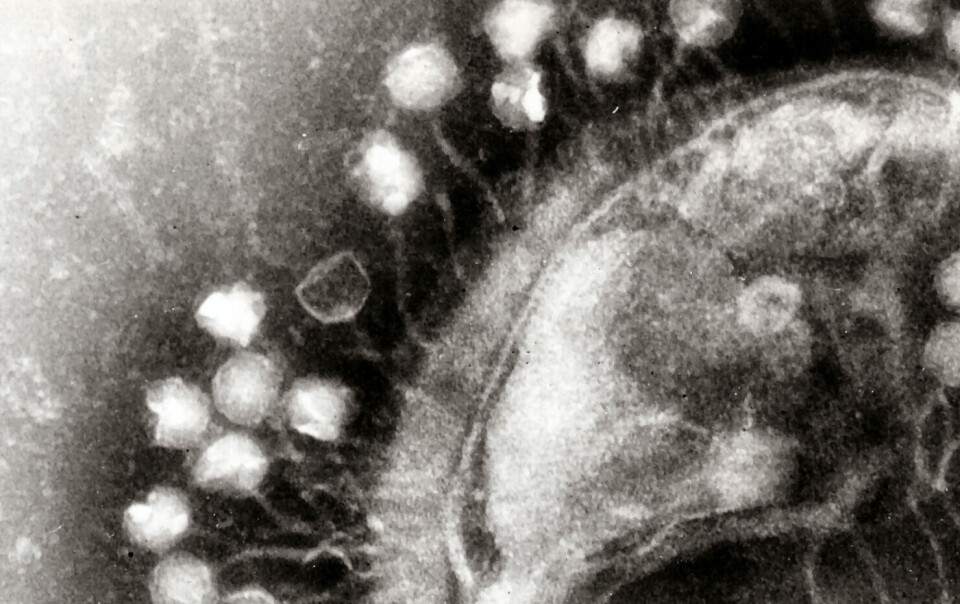
Study: Bacteria-eating viruses can fight disease in RAS facilities
Bacteriophages would be a good tool in recirculating aquaculture systems, scientists in Finland say after discovering that the viruses survive up to 21 days in RAS and could be a long-term solution against bacterial diseases.
In theory, RAS could be an ideal environment for bacteriophages, viruses that only infect bacteria, because the phages could remain for long periods of time in the system and are so small they can pass through filters and other barriers.
This could mean a prolongation of the effectiveness of phage therapy, without causing problems to the biofilter bacteria due to the high specificity of phages.
Flavobacterium
The researchers said that they wanted to find out if the use of bacteriophages for a long time would make the subjects change so that they could infect bacteria that are initially immune.
“This is something that is documented in open systems,” they said.
They used a type of bacteriophage that infects the wound bacterium Flavobacterium columnare. The bacterium causes infections that cause ulcers in the skin, decay and dead gill tissue in rainbow trout.
The results of the study show that the bacteriophages were still in water samples, fish mucus, and the biofilter after 21 days.
Three-week survival
“We have demonstrated that bacteriophages can survive in a RAS plant for three weeks after first adding them. The concentration of phages was higher in the biofilter, which indicates that the biofilm may be a place where the subjects are enriched,” the researchers said.
The researchers explained that it is the biofilter and fish mucus that are most likely to contribute to the phages surviving in the RAS. The reason is that these act as a repository that releases the viruses over an extended period.
“This can help delay bacterial disease outbreaks by keeping the bacterial numbers low due to bacteriophage infections,” they explained.
They added that the presence of the bacteriophages did not change the water quality or cause mortality.
Read the full article entitled “The Fate of Bacteriophages in Recirculating Aquaculture Systems (RAS) —Towards Developing Phage Therapy for RAS” here.






















































